2020 hindsight: What did Leaf, Volt, and other best green cars of 2010 teach us?
Earlier this month marked the 10th anniversary of the U.S. arrival of the Nissan Leaf.
The Leaf was our first pick for Best Car To Buy, in 2010 for the 2011 model year. And as we look ahead to our 11th Best Car To Buy pick, for the 2021 model year, we thought it would be worthwhile not to just sum up the previous winners but to revisit the beginning—and remember what the green-car landscape looked like 10 years ago.
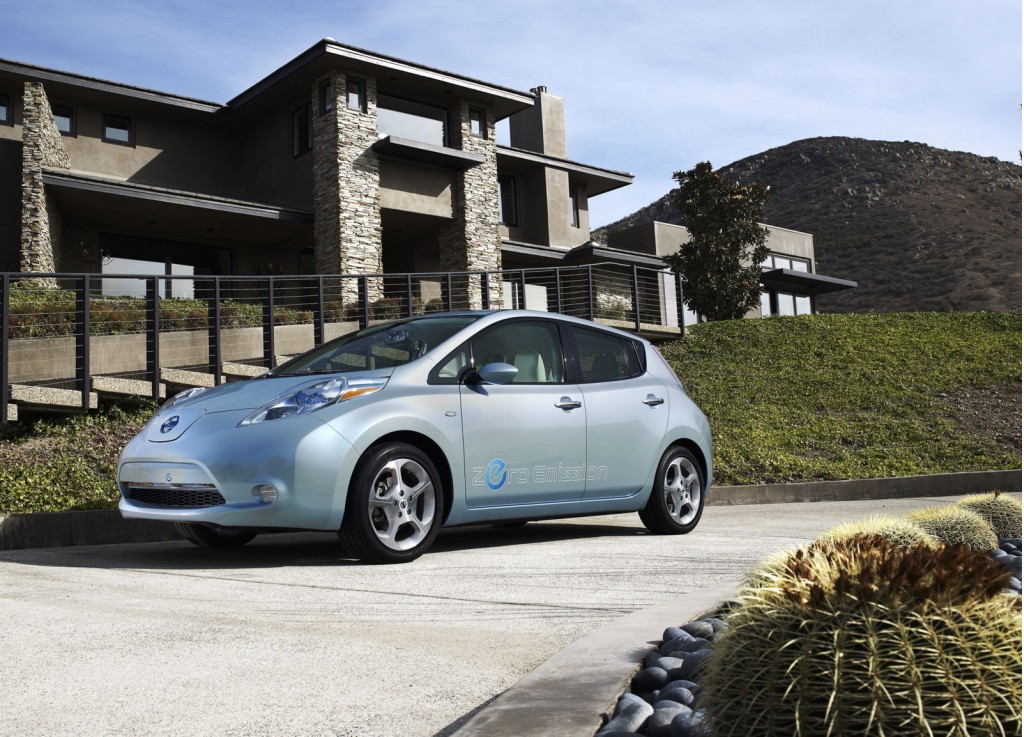
2011 Nissan Leaf prototype
Then, we were thrilled to be able to pronounce the 2011 Leaf a “real car,” rather than a half-baked conversion or science project—and note that it had been more than 80 years since viable electric cars were offered in the U.S. We also appreciated its straightforward controls and displays, which reminded us of the second-generation (2004-2009) Toyota Prius, and were pleased to see it kept to its 73-mile EPA range rating.
Other contenders that first year included the Chevrolet Volt, Honda CR-Z, Hyundai Sonata Hybrid, Lexus CT 200h, and Nissan Leaf.
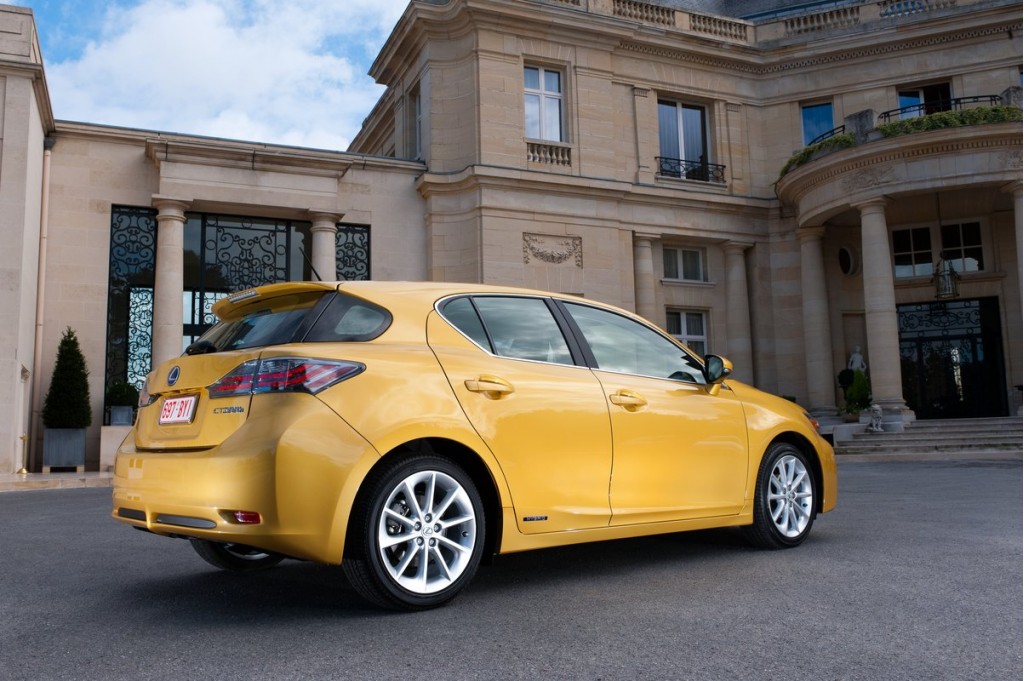
2011 Lexus CT 200h
Hybrids were still headed to a very intriguing future in 2010. Much like Toyota’s recent decision to sell the 2021 Sienna minivan only as a hybrid—some things only slightly change—the 2011 Lexus CT 200h borrowed mechanical components designed for the Prius and was exclusively a hybrid. With its sporty-hatchback styling and marketing, it targeted young, hip, environmentally aware urban professionals. Unfortunately, we found the CT uninspiring to drive and “feeling like it’s trapped in molasses” in all but the Sport mode that Lexus left owners to discover. Former editor John Voelcker reported that it seemed to return 40 mpg no matter how or where he drove.
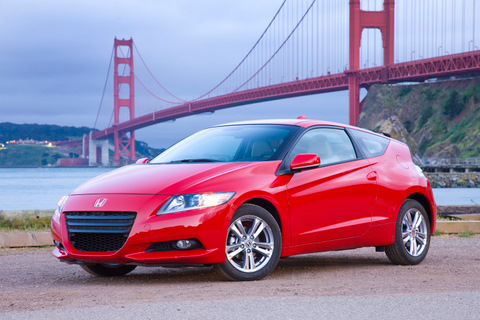
2011 Honda CR-Z
The Honda CR-Z was also a contender then. The 2,700-pound two-seat hybrid was a head-scratcher to the market, as well as to our editors, who couldn’t agree on what the CR-Z was, or who it was focused toward, or whether it was good. In any case, the sport-looking tiny hatch stands out as being the last hybrid model we drove with a clutch pedal and manual gearbox—making Honda’s IMA hybrid system, which was much maligned, actually a lot of fun without the CVT.
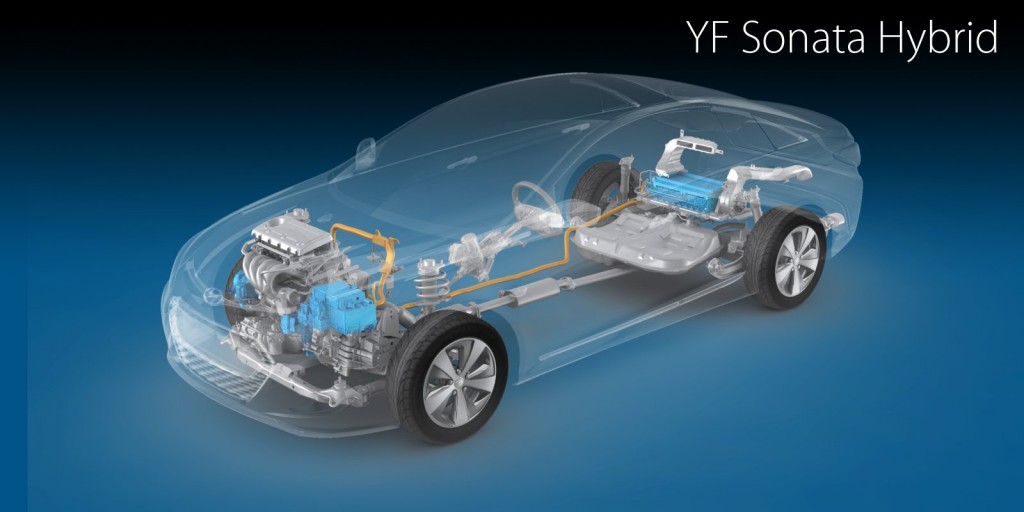
2011 Hyundai Sonata Hybrid
Another possibility was the 2011 Hyundai Sonata Hybrid. As the first Hyundai to go hybrid, this version of the Sonata needed another round of tuning when we drove it, noting that the juddering as it transitioned between modes was “the kind of software adjustment that will likely be rectified before production versions of the Sonata Hybrid go on sale.” In follow-ups with production versions, the shuddering and juddering only got worse, and the model later got flagged by Consumer Reports for its severe tradeoffs in drivability, including less-capable handling and braking.
Hyundai’s hybrids have come a long way. The 2021 Hyundai Sonata Hybrid continues with an evolution of that same system, but you’d never know as it’s worlds better in refinement.

2011 Chevrolet Volt
The Chevrolet Volt was also new in 2011, and it was a very, very close second place for our first Best Car To Buy award. The Volt was the first plug-in car Chevy had ever sold, and it was the first range-extended EV anywhere in the world. The idea that the Volt could go 25 to 50 miles in fully electric mode, followed by an efficient range-extended mode (or hybrid mode, more accurately) for long trips, was brilliant. It missed being the winner for 2011 primarily because of its entry price—starting over $40,000, before counting incentives.
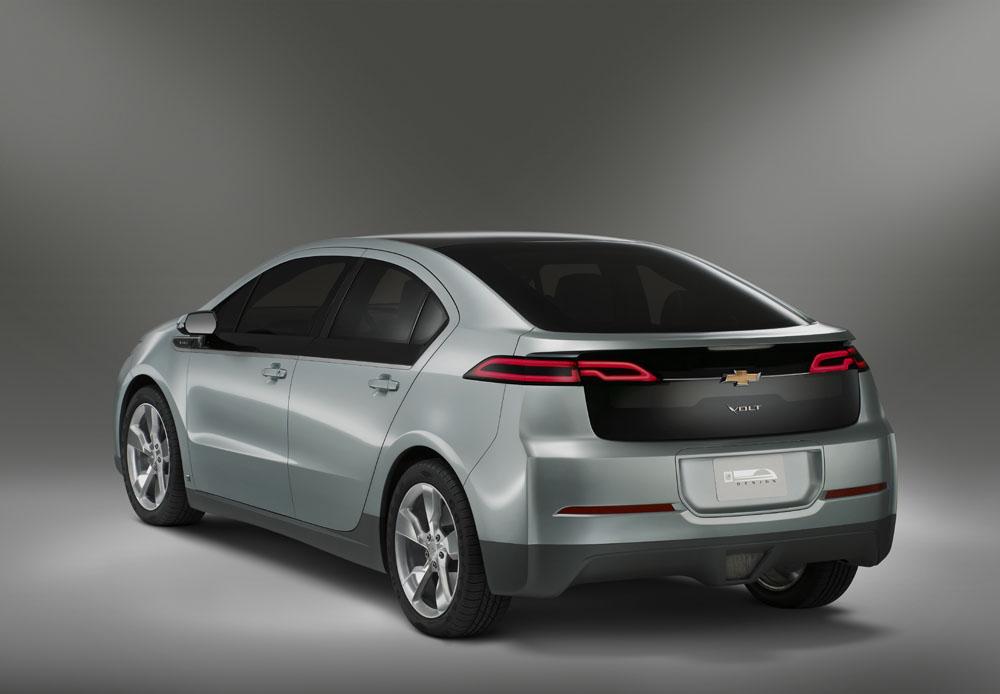
2011 Chevrolet Volt
At that time it seemed like the Voltec system in the Volt would by mid-decade go to a wide range of cars and crossovers in the GM lineup, once the carmaker could ramp up economies of scale. But post-bailout, GM returned with some very different priorities. Soon after delivering a second-generation Volt and after putting a version of the system in *one* other U.S. car (without a plug)—the 2015 Chevrolet Malibu Hybrid—GM announced plans to kill the Volt and mothball the system (outside China) in 2018.
Postmortem
In 2011, very few Americans were “woke” to the idea of electric cars. Two years later, the Tesla Model S arrived and forever changed our impressions of what an electric car could be.
While the Leaf has by and large been a success, with more than 500,000 sold, Nissan is still working on getting its follow-up to the Leaf, the Ariya electric crossover, out to the market. There was a surprising dearth of models that weren’t compliance-car conversions in the years that followed the Leaf’s rollout. If you don’t count the Mitsubishi i-MiEV, the 2014 BMW i3 and the 2017 Chevrolet Bolt EV were the first. And then came the Model 3.
Looking a little bit at vehicle types, ten years later plug-in hybrids are stuck about where they were in 2011 in usability. It would come as a shock to our 2010 selves that, long after the Volt’s introduction, various PHEVs struggle to reach 20 all-electric miles. But blame regulators (and a continued lack of consumer understanding) for that.
Given how much plug-in hybrids continue to falter in sales, too, we might have our answer right there in how to narrow the qualifications for next year.
—
Visit our editorial group’s other Best Car To Buy awards—at Motor Authority and The Car Connection. And vote for The Car Connection’s annual Driver’s Choice.

